Haumea – The Football Shaped Dwarf Planet!
The Goddess Of Childbirth
Discovered in 2004, Haumea was classified as a dwarf planet that orbits beyond Neptune in the Kuiper Belt. It's unique for it's fluctuating brightness due in part to its high rotation rate of only 4 hours which has resulted in it becoming distorted into a triaxial ellipsoid!
Fast Summary Facts About Haumea
- Discovered: Disputed, either March 2003 or May 2004
- Name: Haumea - the goddess of childbirth and fertility in Hawaiian mythology
- Size: 1,960 x 1,520 x 996 km
- Number of Moons: Two (Hi'iaka & Namaka)
- Rotation: Only 4 hrs!
- Distance From Sun: 43 AU (varies between 35 – 51 AU)
- Length of Year: 285 Years
- Surface Temperature: -225 °C (<50K)
Other Interesting Fun Facts About Haumea!
- When Haumea was discovered, it was the 5th dwarf planet after Pluto, Eris, Ceres and Makemake to be found and is the 3rd closest to the Sun.
- Haumea has a radius that is about half of Pluto’s with 1/3rd the mass.
- Haumea is a plutoid (a dwarf planet orbiting outside of Neptune) which is classed as a dwarf planet and orbits in the icy Kuiper Belt.
- It is the largest member of the Haumea collisional group which likely formed billions of years ago after an impact involving Haumea.
- The massive impact also likely resulted in the formation of Haumea’s two moons and its rapid rotation.
- Haumea rotates faster than any other (object over 100km) in the solar system, so fast that it has resulted in it stretching into the shape of a football. If it rotated much faster it would likely split itself in two! Crazy!
- If Haumea didn’t rotate so fast, due to its gravity it would likely settle into a sphere like the other dwarf planets.
- The dwarf planet is believed to be comprised of mostly rocky material with a surface layer of water ice.
- In 2009, scientist discovered that Haumea had a large red spot on one side of its bright white surface which may represent an impact feature and possibly a mineral or organic compound rich area. The reddish colour could be the remains of the impactor or internal minerals of Haumea itself, closer exploration is required to determine its origin.
- If humans were to send a spacecraft for an exploratory flyby it has been calculated that the journey to this Kuiper belt object would take at least 14 years, even with a Jupiter gravity assist. More powerful and lighter space probes are required if we’d want to reduce the travel times to these distant objects.
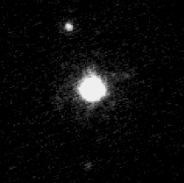
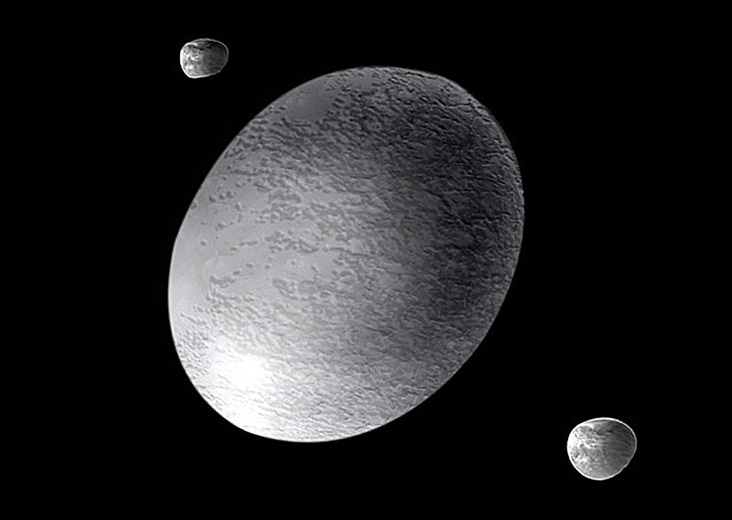
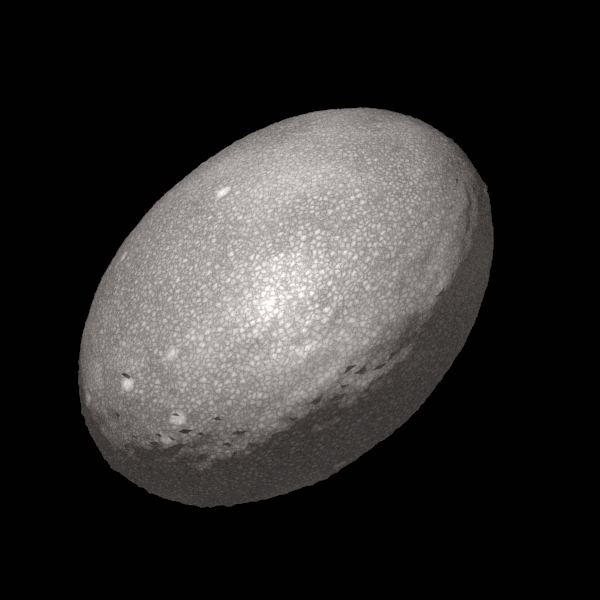
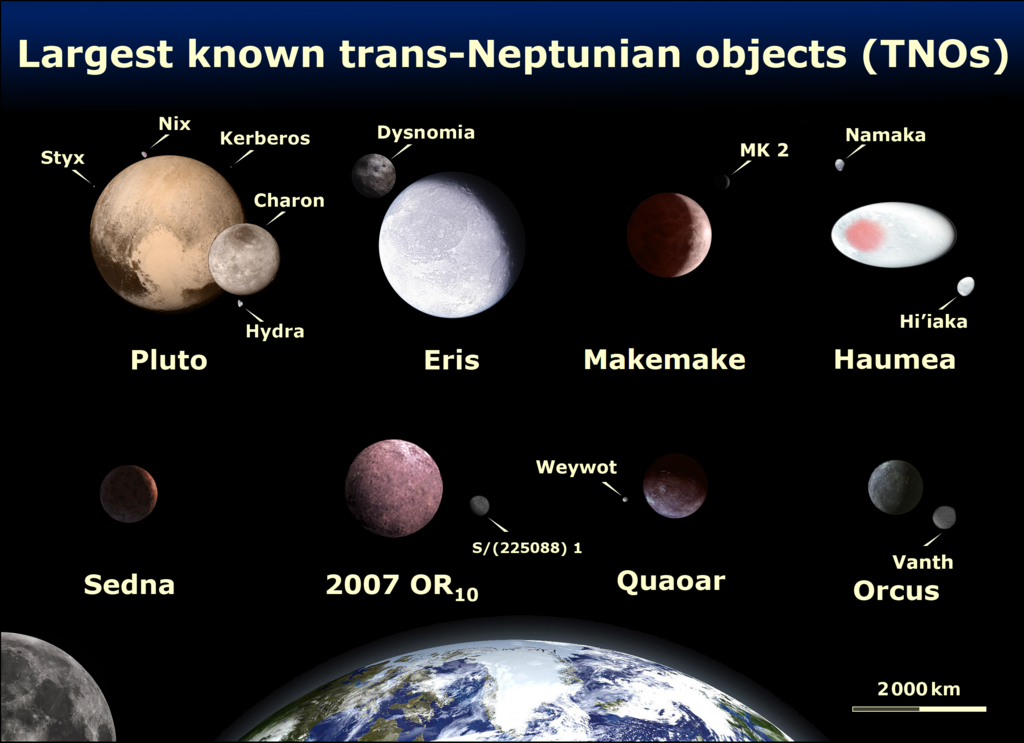
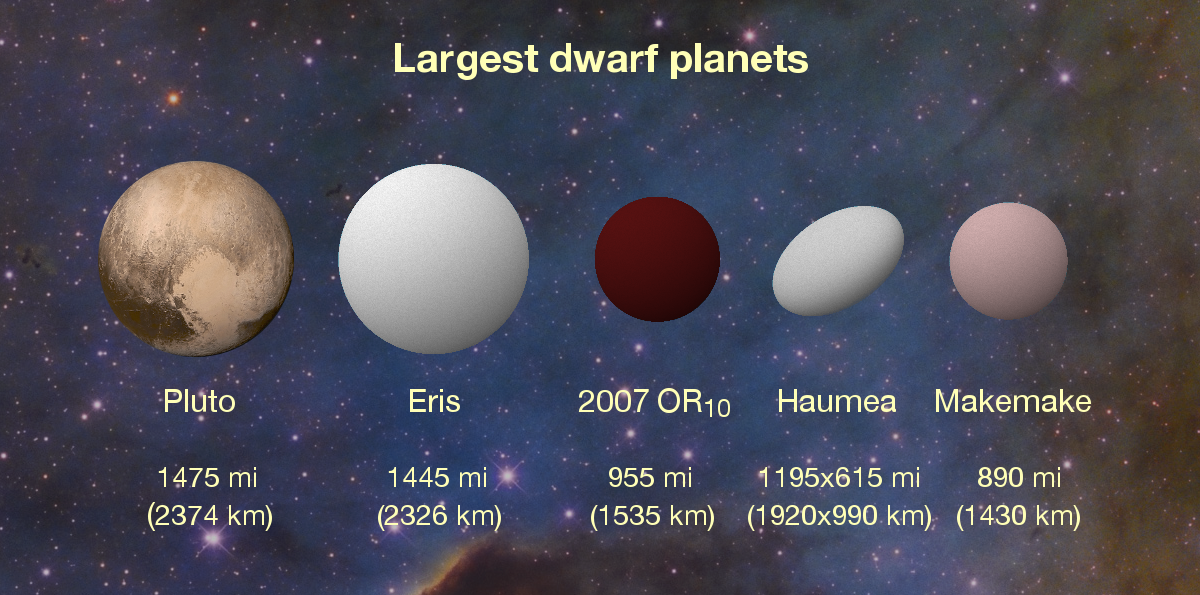
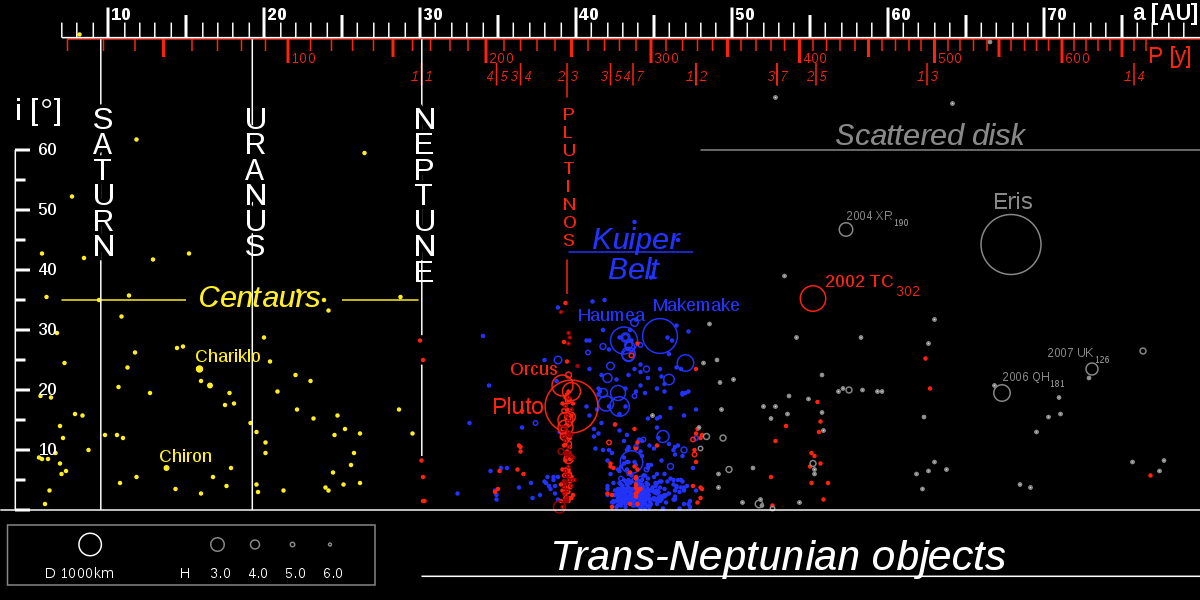
Haumea With Moons
Haumea
Haumea Rotation
Trans-Neptunian Objects
Largest known Dwarf Planets
The Trans-neptunian objects




